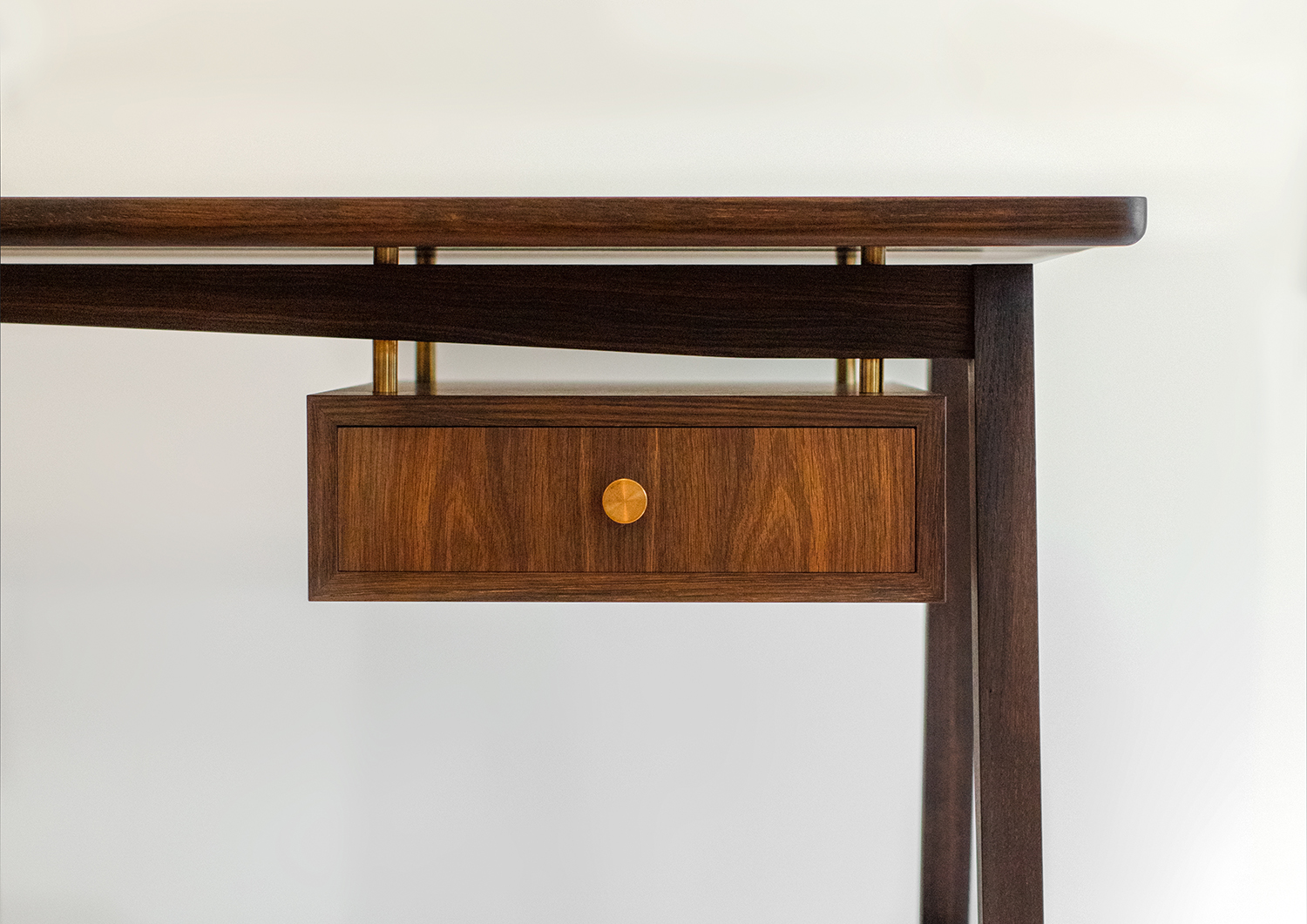STILLEBEN (kitchen)

In 2019 Stilleben Kitchen was established in collaboration between the cabinetmaker and architect Ditlev Rahbek, who has his own studio, and the designers Jelena Schou Nordentoft and Ditte Reckweg, both specializing in glass and ceramics. Together they run two physical shops and a web shop under the name Stilleben (Still Life). They have launched a wide range of products, both under the Stilleben label and for Kähler, Georg Jensen and Skagerak, among others. They are also partners in Bornholms Keramikfabrik (The Bornholm Ceramics Factory).
In Stilleben Kitchen they combine their respective professions and their simultaneously classic and modern approach to form and function.
(Since then the company is taken over by Smidstorp Snickeri and CEO Søren Overgaard Andersen).
Stilleben Kitchen looks like what it is: a kitchen. The design process was more about reducing than adding features.
Eventually, the design had been reduced so far that only the essence remained: a pleasant kitchen that discreetly fits into almost any setting without calling much attention to itself and based on an ambition to create something that will stay in the home for a long time.
The kitchens are handmade, adapted to the given setting and hand-painted. The tabletop is either linoleum or Silestone (made of natural quartz). The sumptuous, luxurious qualities lie in the understated details and in the brushstrokes.
The brushstrokes are a core part of the concept of a Stilleben Kitchen.
The colours play a key role – the choice of colours and colour combinations give the kitchen its unique expression, and the colour scheme references the time when the kitchen was built.
Stilleben Kitchen comes in six colours and thus in an endless array of colour combinations.
Because the kitchen is hand-painted it can be repaired and renewed over and over again.
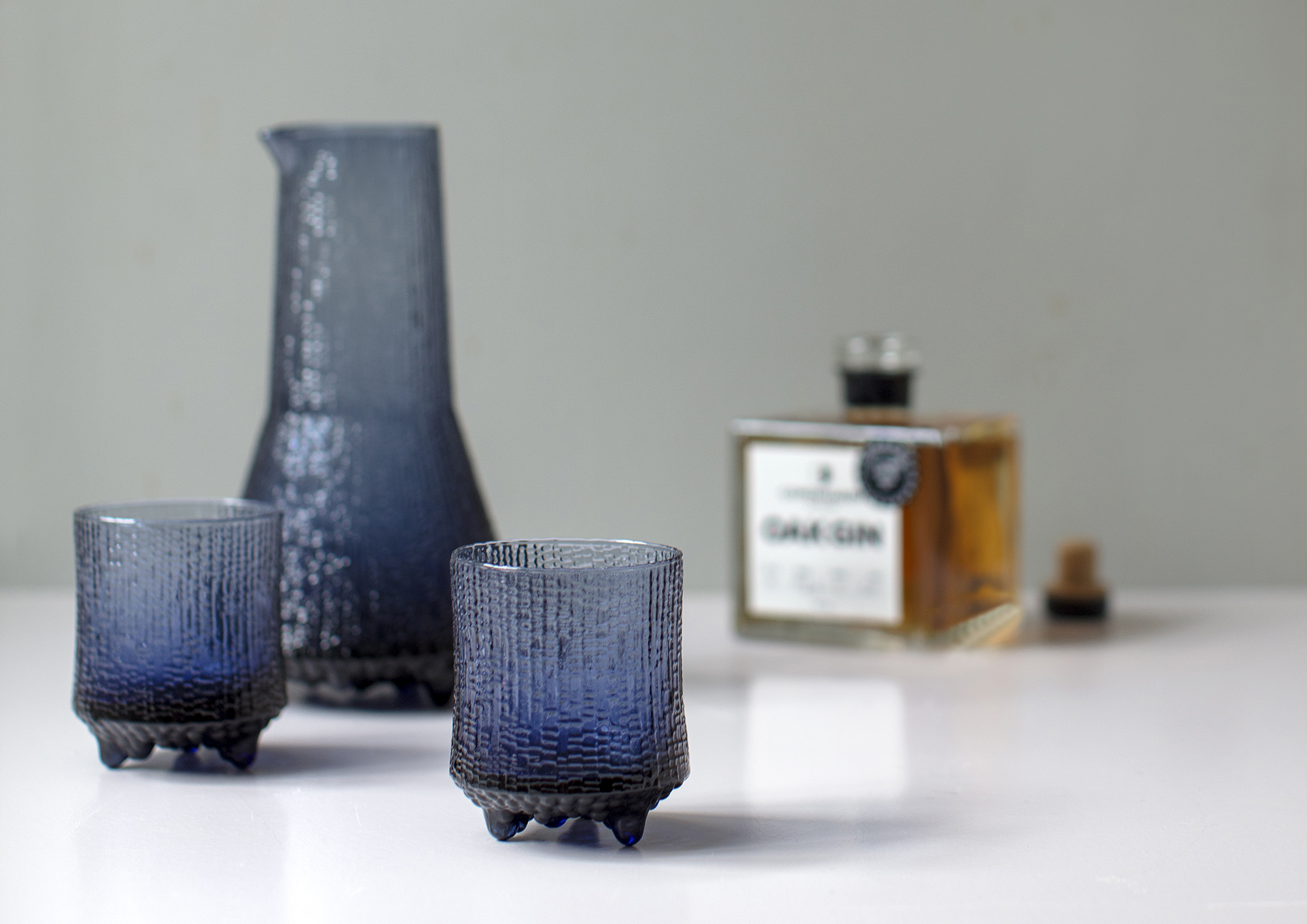
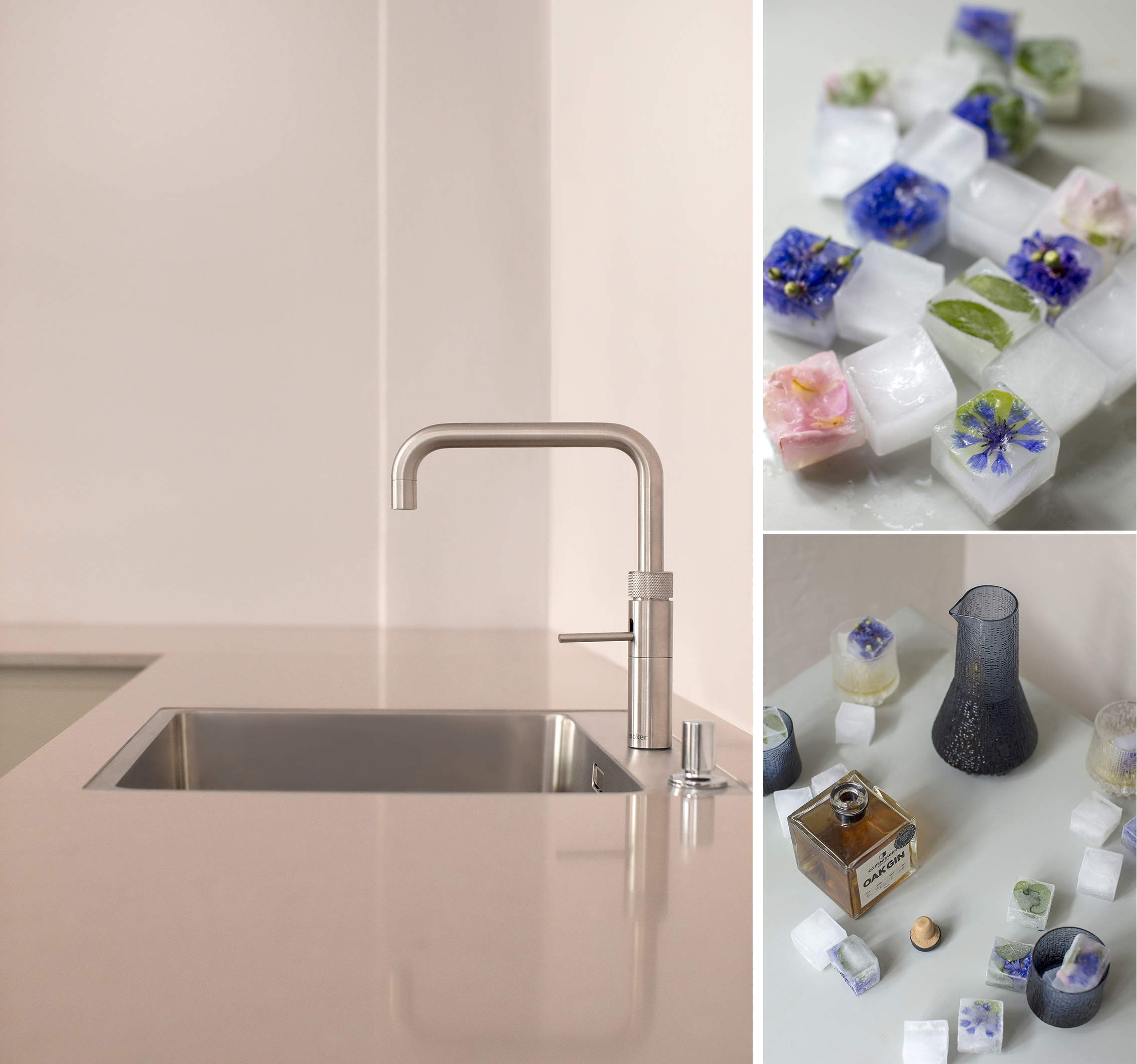
The Devil Is in the Detail
‘One of the main differences between bespoke clothing – especially a bespoke jacket or suit – and ready-to-wear or made-to-measure is the hand-sewing, including the interlinings. None of the interlinings in a bespoke piece are glued to the outer fabric, they are all sewn in by hand.
Over time, the glue deteriorates under the influence of warmth and moisture,’ Karina explains. ‘Furthermore, glued-in materials are inflexible. The interlinings that a bespoke tailor uses are made from natural materials and follow and interact with the outer fabric.
Another big difference, of course, is that the clothes are not just adapted to the wearer’s body but created specifically for it.’
Training
Karina is passionate about her trade and about sharing her knowledge.
She offers courses to private individuals who would like to learn how to construct and sew clothing, and around the time of my visit, she is completing the training of a young apprentice, who from 1 May this year can call himself a fully trained men’s tailor.
‘Although bespoke tailors are actually seeing increasing demand, Denmark no longer has a school for tailors,’ says Karina. ‘You can train as a clothing maker; that’s a broad training programme aimed at industrial production. During your traineeship, you can then choose to specialize in bespoke tailoring.
That in itself is difficult, because it is actually a cost for a tailor to take on a trainee who comes from a training programme that does not target the tailor’s trade.
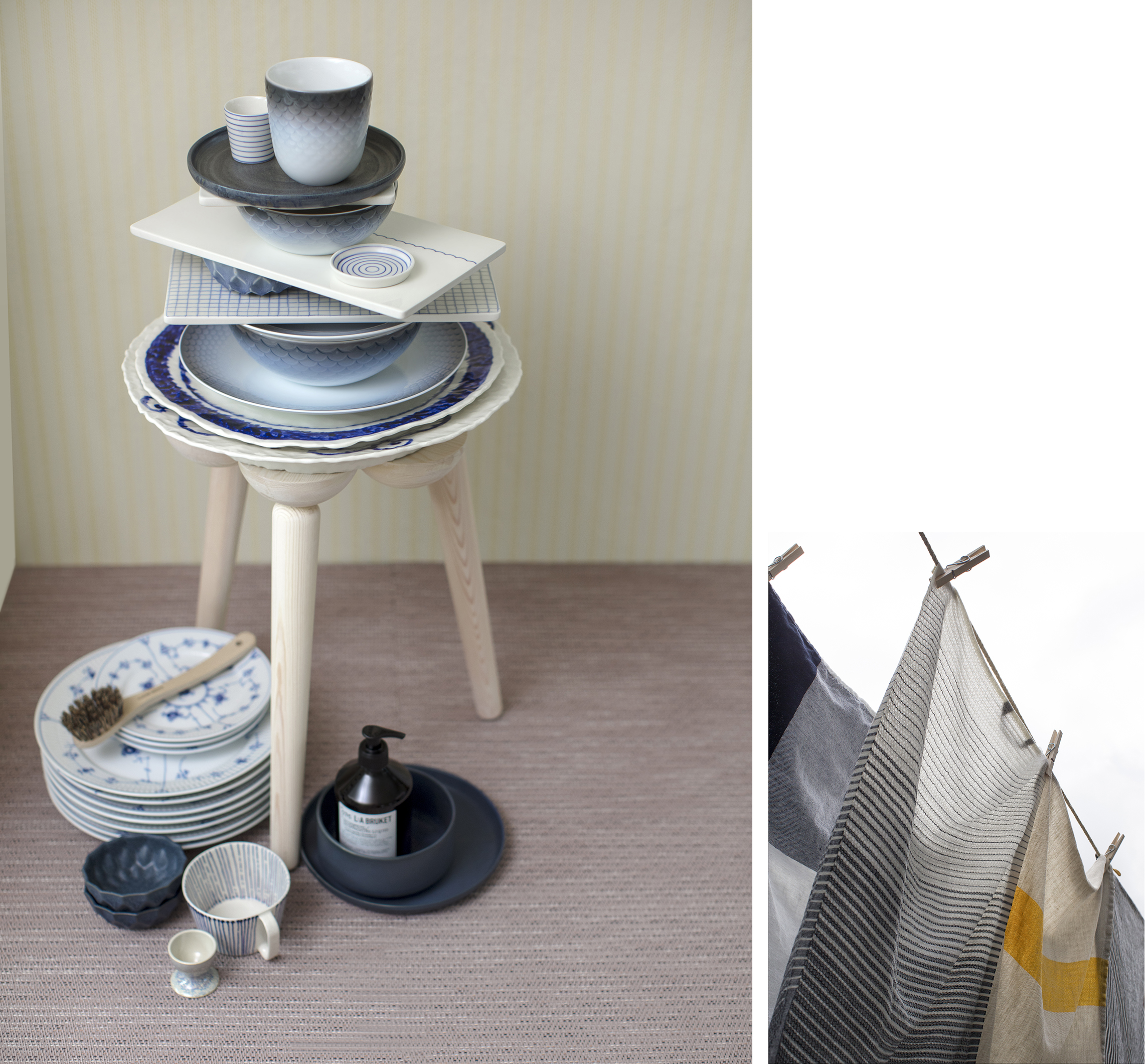
STILLEBEN KITCHEN blev oprindelig etableret som et samarbejde mellem møbelsnedker og arkitekt Ditlev Rahbek, som driver egen tegnestue, og designerne Jelena Schou Nordentoft og Ditte Reckweg, begge med glas og keramik som speciale. Sammen driver de to butikker og en webbutik under navnet Stilleben. Sammen står de bag en lang række produkter dels i eget regi, dels har de tegnet for bl.a. Kähler, Georg Jensen og Skagerak. Desuden er de partnere i Bornholms Keramikfabrik.
Siden HÅNDVÆRk bookazine no, 1 udkom i 2019 er Stilleben Kitchen overtaget af Smidstorp Snickeri og CEO Søren Overgaard Andersen.


I Stilleben Kitchen forenede de tre oprindelige ejere deres faglighed og deres på en gang klassiske og moderne tilgang til form og funktion.
Stilleben Kitchen ligner det, det er; et køkken. Der er truffet flere fravalg end valg i designprocessen.
Da alle fravalg var truffet, var der blot essens tilbage. Essensen er et rart køkken, som diskret er i stand til at blive en del af næsten hvilken som helst ramme uden at gøre nævneværdigt væsen af sig og med det formål at blive i huset eller lejligheden længe.
Køkkenerne er håndbyggede tilpasset den enkelte indretning og håndmalede. Bordpladen er enten linoleum eller silestone (fremstillet af naturkvarts). Det lækre, det luksuriøse ligger i de underspillede detaljer og i penselstrøgene.
Penselstrøgene er ret centrale for ideen om et Stilleben Kitchen.
Farverne er ret centrale, det er i valg af farve og gennem at kombinere farver, at køkkenet får sit unikke udtryk, og det er i farvevalget, at køkkenet får sin reference til netop den tid, det er bygget i.
Stilleben Kitchen fås i 6 farver og dermed i uendelig mange farvekombinationer.
Det er, fordi køkkenet er håndmalet, at det igen og igen kan repareres og fornyes.
#haandvaerkbookazine1


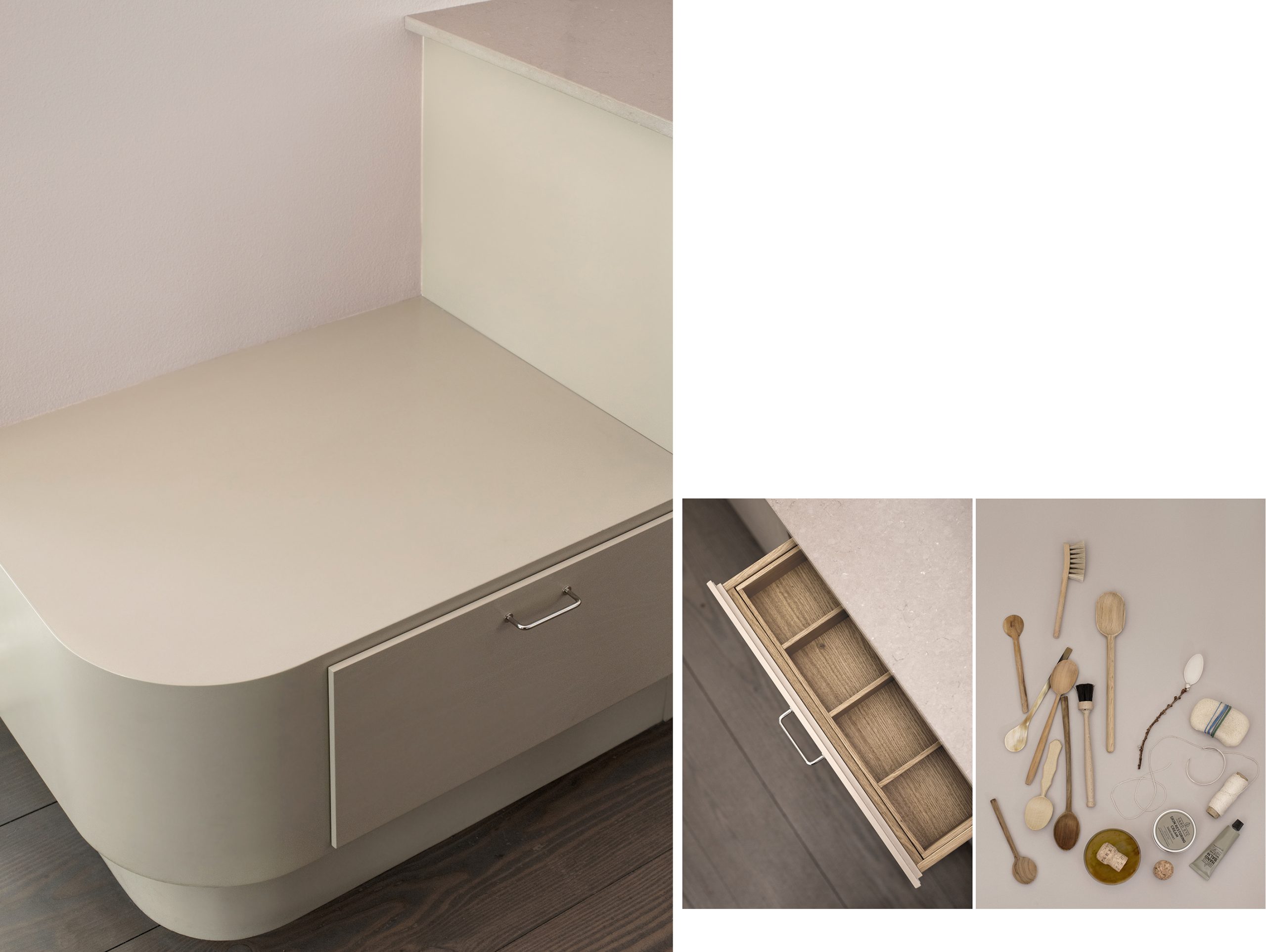
Related stories

Happy New Year 2025

PLANT – PIGMENT – PALETTE

INVITATION


